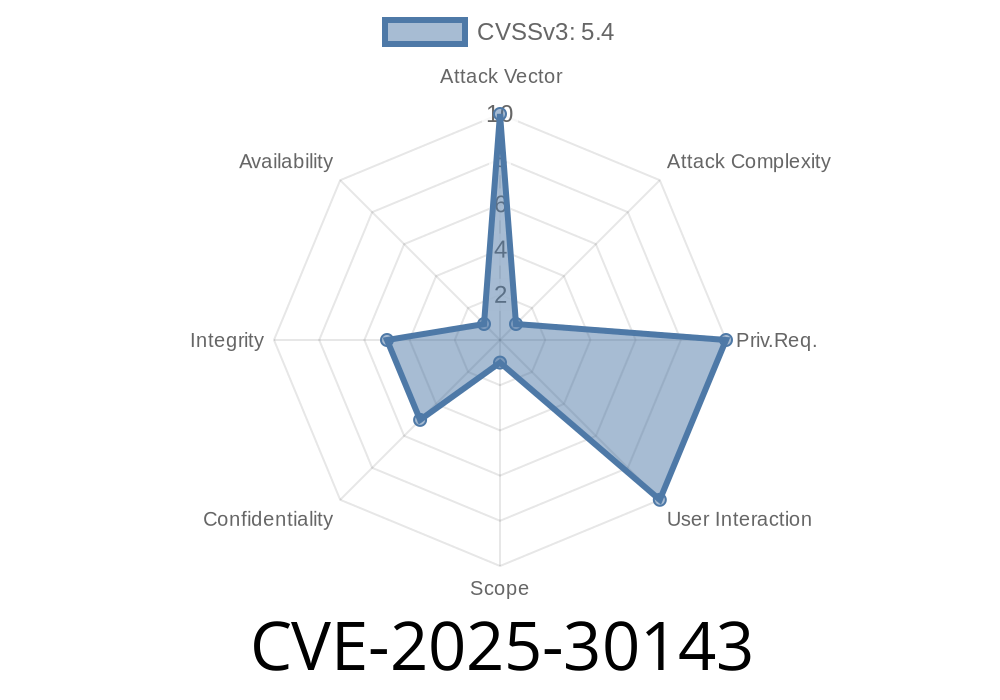CVE-2025-30143: In-depth Analysis of a JavaScript Variable Assignment Vulnerability in Akamai App & API Protector

This blog post provides an in-depth analysis of a vulnerability identified in the Akamai App & API Protector (with Akamai ASE) before version 2. published on 2024-12-10. The vulnerability, tracked as CVE-2025-30143, is due to a rule 3000216 not taking proper consideration when handling JavaScript variable assignments to built-in functions and properties. This flaw could allow attackers to bypass security protections, potentially leading to unauthorized access, and possibly affecting the integrity or availability of data on affected systems.
Akamai App & API Protector Overview
The Akamai App & API Protector is a security solution designed to help secure web applications and APIs from a variety of attack vectors. This includes protection against common web application attacks such as SQL Injection (SQLi), Cross-site Scripting (XSS), invalid payloads, and many more.
Rule 3000216 mentioned in the CVE is part of the Akamai App & API Protector's rule set, which aims to provide comprehensive security protection for web applications and APIs served through the Akamai network.
Details of CVE-2025-30143
The vulnerability in Akamai App & API Protector is caused by Rule 3000216 (before version 2) not properly considering JavaScript variable assignment to built-in functions and properties. This flaw could allow an attacker to bypass a particular Akamai security control, potentially leading to unauthorized actions and data exposure.
Example Code Snippet
The following code snippet demonstrates how an attacker could exploit the vulnerability by assigning a JavaScript variable to a built-in property:
// Original safe code
document.cookie = "sessionid=3456; path=/; domain=.example.com; secure; httponly";
// Exploit code snippet
var assignment = "sessionid=3456; path=/; domain=.example.com; secure; httponly";
eval("document.cookie=" + assignment);
In the above example, an attacker could send a carefully crafted payload to bypass the security check implemented by Rule 3000216, exploiting the vulnerability and potentially compromising the application.
To exploit the CVE-2025-30143 vulnerability, an attacker would
1. Identify a target application using the Akamai App & API Protector (with Akamai ASE) before version 2
2. Observe JavaScript code patterns within the application, which may be susceptible to this vulnerability
Craft a payload designed to exploit the vulnerability, such as the code snippet provided above
4. Send the crafted payload to the target application, either via a user-submitted form or another injection vector
5. Potentially bypass the security protections implemented by Akamai, leading to unauthorized actions and data exposure
Links to Original References
The original discovery of this vulnerability can be found in the associated CVE entry, with further details and mitigation advice provided by Akamai in their official security advisory:
- CVE-2025-30143
- Akamai Security Advisory (ASA-2024-12-10)
Mitigation Advice and Conclusions
The recommended mitigation for CVE-2025-30143 is to update the Akamai App & API Protector to version 2 or later, which includes an updated version of Rule 3000216 that properly considers JavaScript variable assignments to built-in functions and properties.
It is essential to apply appropriate security measures in web applications and API services, including regular assessments and updates to ensure their rule sets and protection mechanisms are effective against current and emerging threats. Regularly monitoring security advisories, such as the one provided by Akamai, will help you stay informed and take prompt action to address any identified vulnerabilities.
Timeline
Published on: 03/17/2025 16:15:28 UTC